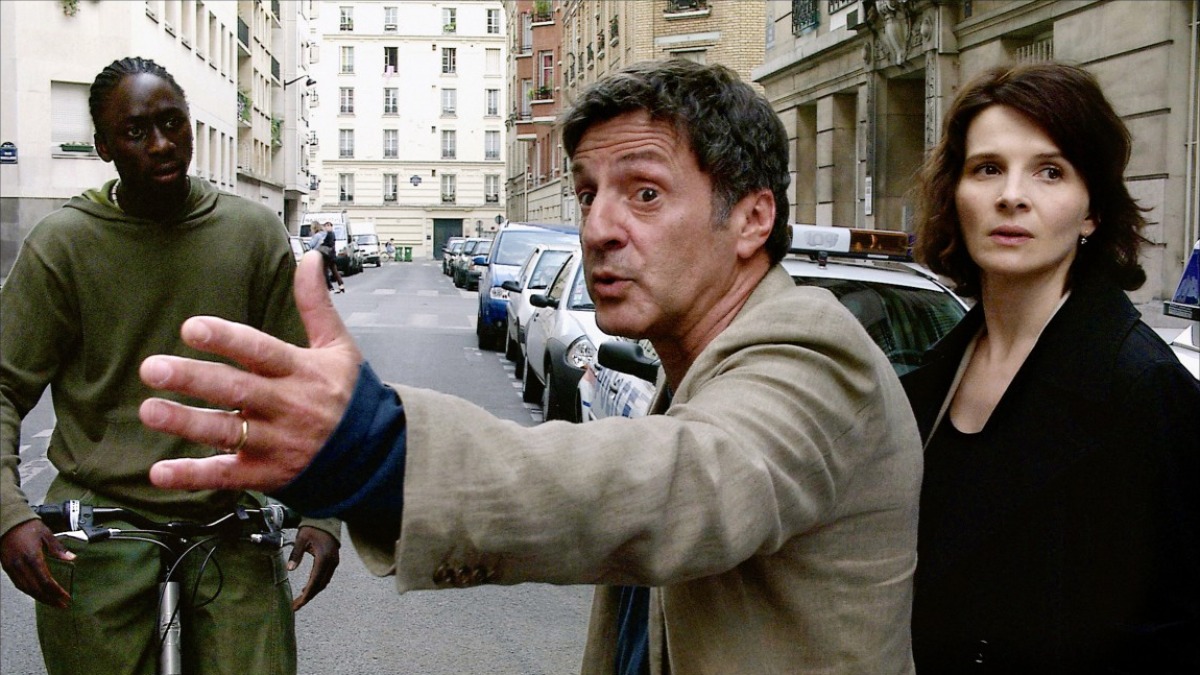
A piano note laced with animalistic perversion. A camera recording of your life being constantly observed by an unknown entity. A pigeon flying into your house through an open window. Parts of Michael Haneke’s subversive, hypnotic filmography feel as if they have no purpose at all. They are filmed as if their tranquility represents a dearth of life, but there is a constant sense of danger pulsating right underneath.
Starting his career as a film critic before working as a television director, Haneke’s peculiarly pristine style is at first astonishingly discomforting. It appears to be aiming at invading our consciousness, digging for answers it already possesses and wishing to confront us with them. It is deliberate, detached, nonconformist realism that can lead to many viewers rejecting it entirely. Its harsh, subdued, at times horrifying focus can prove to be agonizing to consume and more often than not, it doesn’t seek permission first.
But if that permission is granted without any preconceptions, if allowed to inspire any sort of contemplation and reflection, his films are sculpted with a truth so deeply and wisely hardened that its unwavering focus would haunt anyone for days. This focus has not denied Haneke the ambiguity a lot of his material beautifully benefits from, but rather grounds his piercing intelligence in a vital, indispensable examination of morality in terms that never feel unreasonably heightened.
There is calculation in his writing, but it is authoritative to a degree where it feels that it always serves a purpose. His messages are communicated through meticulous contacts with the truth wrapped in needles with their pointy ends sticking out. But this authority must not be mistaken for what makes for a harrowing impact, because that can be credited to the brutal universality of his stories.
That universality is primarily a result of how he modulates his characters, gradually taking away all traces of what is for all intents and purposes labelled “entertaining” in order to find true humanity in them. Almost all central couples in his films are named after some variation of Georges and Anne, signifying how indistinguishable we all are from each other at the end of the day. The actors’ performances bring home this point with a tenacious sensibility, crafting the details of the characters’ isolation with masterfully contained intellect.
Comparing Haneke’s films with others in his oeuvre is akin to comparing your hand with someone else’s. One may look more refined than the other, but their significance to the body they belong to is unquestionable. Each film, however flawed, is an experiment all too rare and all too essential to be dismissed as unworthy of the effort. So here are all his films ranked in order of their success at making us take their fiction for the truth.
11. Funny Games (2007)
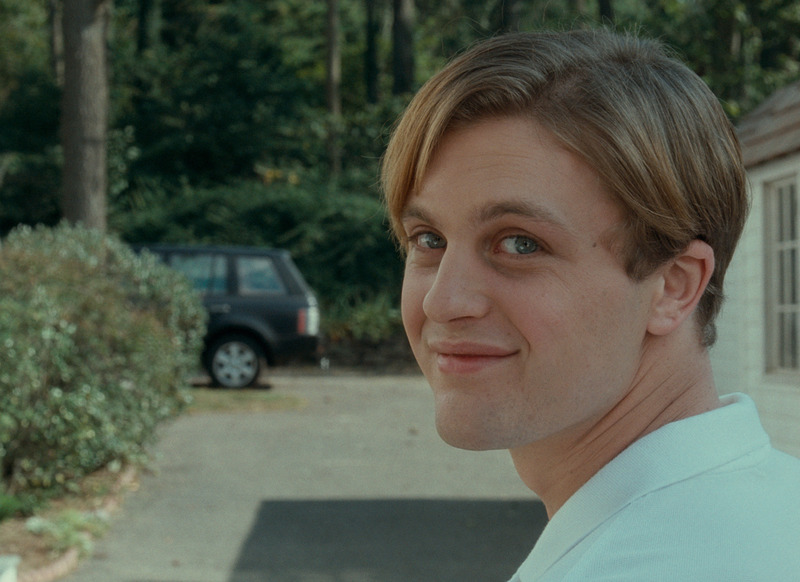
Cinema is an immersive medium. Convincing an audience to buy into the manufactured reality of film is hardly where it stops. The viewer must be invited to claim a stake in the proceedings and each flicker of light must radiate tension and each footstep cause dread. With his Austrian original, Haneke sought to both defend and refute this ideology. Telling the story of a married couple who arrive at their lake house with their son and are brutally preyed upon by two young men, both films are absolute replicas of each other. Each frame is reproduced with stunning consistency and in harsher terms, zero originality.
Each film is rooted in a perspective that drives its action. Every fiber of Haneke’s essential, bold perspective is valid here, but it never reaches the realm of truth. Everything in this film exists to prove a point. The problem: the intent is all to evident and if you have seen the original, mostly old news.
Every decision here feels so consciously driven by that attempt and never rises out of its dreary, nearly unconscious state. The performances are mechanical and sufficient, but never palpable, never real, like most of the film. The reason why the original is regarded as a masterpiece and this one as a somewhat misguided attempt is, simply, that the original proved the point better.
10. Time of the Wolf
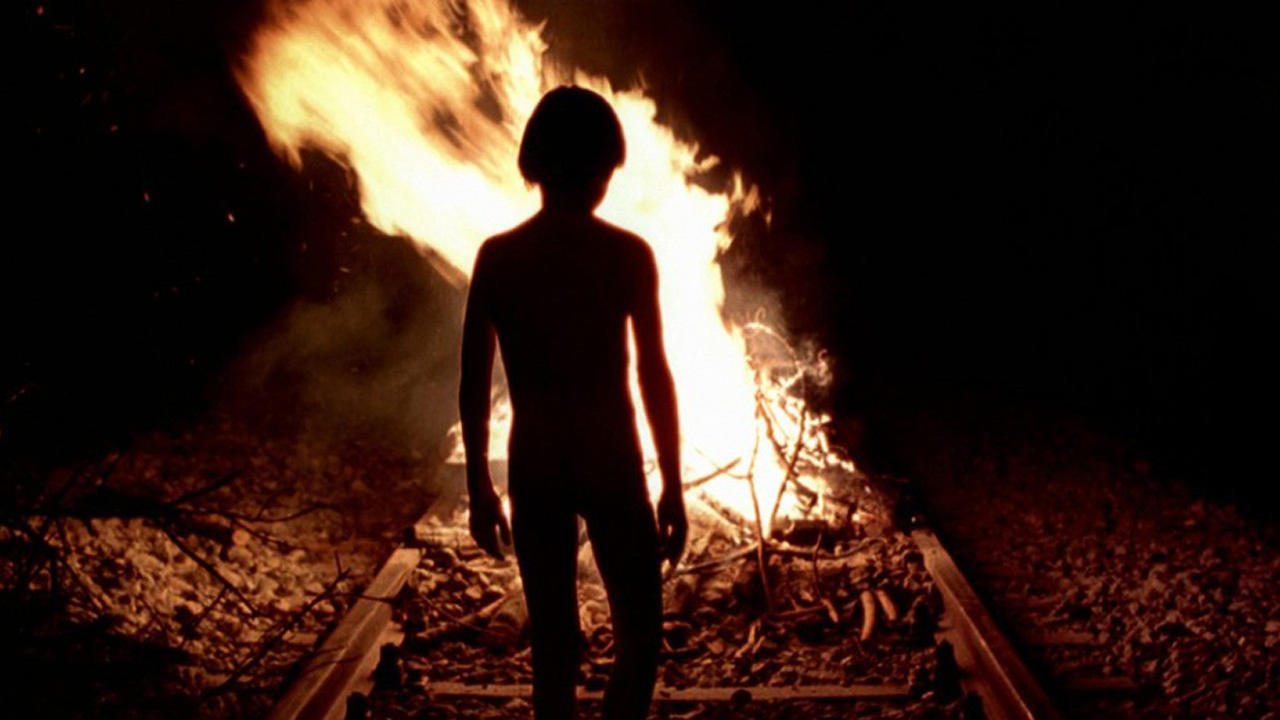
Dystopian dramas have become as attractive to accomplished filmmakers as war films. When Haneke dabbled in the genre, he brought to it his indelible, scathing intellect. Devoid of the convention of creating a new, starkly unfamiliar post-apocalyptic world for the audience to immerse into, Haneke’s film imbues an angry, breathtaking realism to it.
A couple find themselves lost after an unknown catastrophic incident and decide to move into their country home with their two children only to find out that it has been occupied by strangers who unceremoniously throw them out. The husband loses his life and the wife tries to find peace for herself and her children.
The film is bleak to its very marrow. When we are inside, the scant lighting has an overwhelmingly grotesque effect. When we are out, the lifelessness of the visuals make everything smell of death and feel inescapable. But the problem here is that it all feels half-baked, forced and unearned. Isabelle Huppert’s typically and reliably quiet performance is expectedly effective, and Haneke’s elegant control matches his perception of social isolation, but it can’t make up for the absence of his trademark symbolism and the silence here comes off as mildly alarming at best and intentionally dull at worst.
9. 71 Fragments of a Chronology of Chance
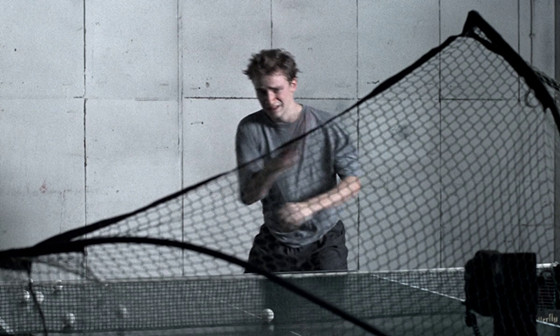
The best work from any aspiring filmmaker would probably find them capturing life in utterly bizarre and random ways with the audience allowed to filter each frame through their own perspective. Naturally, definitive conclusions cannot and should not be drawn from such films and it is best to leave the filmmakers to their own philosophical and social musings.
Michael Haneke’s puzzling, often unconsciously rewarding final installment to his self-titled “glaciation trilogy”, offers something usually found in short films and self-financed projects of aspiring filmmakers. Although in no way less commanding in its value or limp in its ideas in relation to its predecessor, “71 Fragments of a Chronology of Chance” still feels too caught up in itself to allow the viewer to invest in it personally.
The cynical, sharply rendered analysis of the bourgeois life is as vivacious as it is in his later work, but the impact is far less monumental. The images form veritable bonds with the viewer, but hardly ever propel contemplation or sincere intelligent thought. It is nonetheless a clear-eyed, richly textured film that benefits from its world-weariness like the best of those untarnished and informal projects.
8. Code Unknown
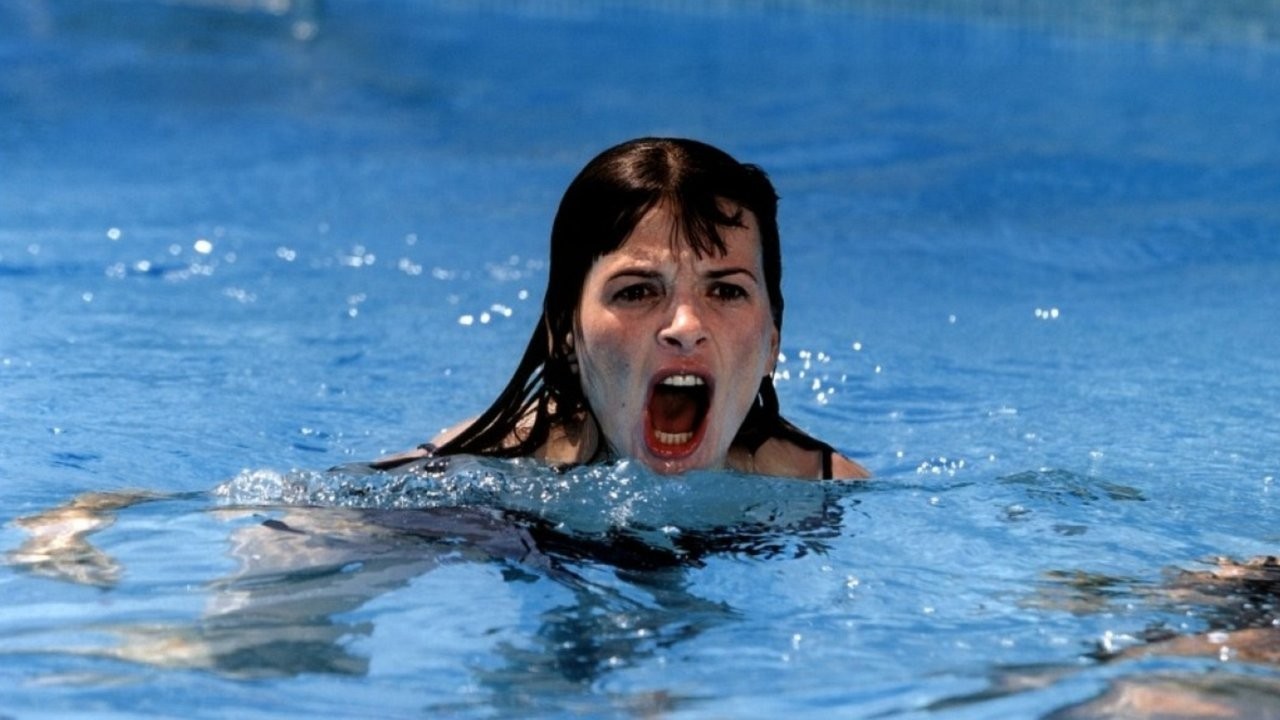
Hardly has any Haneke venture confounded more film audiences than his absurdly enigmatic, deviously philosophical and possibly empty “Code Unknown”. The edges are as rough here as they are in some of his weaker films, but taken as a non-cohesive whole, the film’s bewildering intellect can be overwhelming, haunting even.
There are stories that converge and stories that fall nowhere. Scenes feel simultaneously arresting and terribly out of place. Are we supposed to feel for Amadon or recognize his arrogance? Are we to inherit Maria’s shame or contemplate the universality of her story? It is unreasonable to look for answers in a film whose title suggests otherwise.
Haneke’s camera feels more subdued and poised than in “71 Fragments of a Chronology of Chance”, which is practically a companion piece to this one and he elects a wondrous cast to do his bidding. There is a lack of coherence and of a philosophical center that most of his future works would boast of, but hardly anything moves past us without registering.
There is boundless depth to be found in the stale atmosphere of Paris; the cold detachment of the visuals symbolizing the elusive, recondite messages and much of the action lingers on in our body as a bruise – disconcerting, but ultimately not there to stay.
7. Benny’s Video

As Haneke was learning to fine tune his ideas to form immersive experiences, the second installment of his “glaciation trilogy” demonstrated the depth his cautiously crafted bleakness could contain. Benny’s Video doesn’t have to convince us of its reality, it is too brutally heartbreaking to have any properties of a fabricated tale.
Benny has to be the most Michael Haneke character, even if he isn’t the best one. There are ambiguous elements to his dangerously lifeless persona that chill you to your core, but never leaves you cold or unperturbed. There is a storm raging inside him that never manifests itself, because his isolation is too magnanimous.
The presence of the video camera scars you and you wince at its reappearance every time. It feels threateningly all-consuming, and its friction with our sensibilities is stunningly exploited. There is danger here, captured in such a glacial, balletic sophistication that even the more experimental elements pay off huge dividends.
There is also a conscience flirting beneath the surface but it’s far too feeble to make its presence felt and too present to go unnoticed. Haneke has definitely been more successful at this double-whammy, but probably never as incredibly accessible. The honesty feels absolutely uncorrupted here.